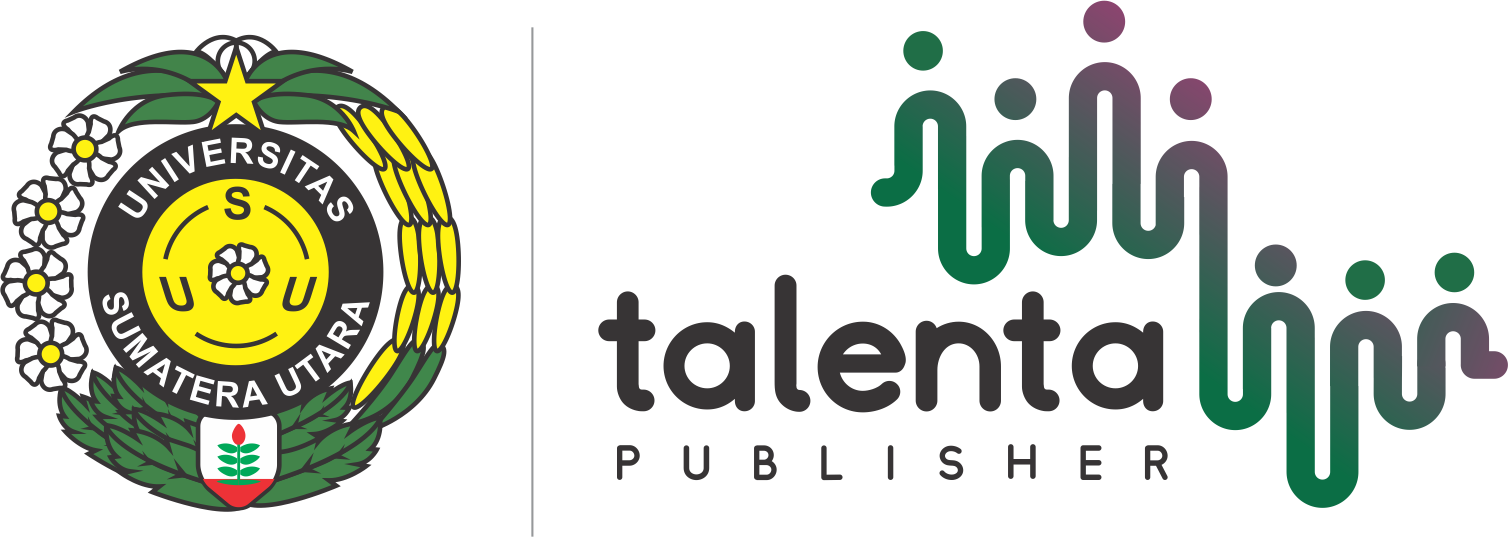Optimizing Aceh’s Traditional Institutions to Provide Legal Protection for Children in Legal Conflict
DOI:
https://doi.org/10.32734/alj.v3i1.18968Keywords:
Aceh's Traditional Institution, Children in Legal Conflicts, Legal Protection, OptimizingAbstract
Children as the next generation of our nation, play a crucial role in the development and sustainability of a country. Society aspires to have children who are healthy, intelligent, cheerful, and assured of their survival and growth. However, the social reality often tells a different story, as many children must navigate the legal system for various reasons. Law Number 11 of 2012, concerning the Juvenile Criminal Justice System, introduces the concept of diversion. This concept aims to protect Children in Legal Conflict by shifting the resolution of their cases from the judicial process to an alternative process outside the criminal justice system. In this juvenile justice framework, Traditional Institutions also play an essential role. The involvement of community leaders in the implementation of the diversion agreement demonstrates that "traditional law" is still recognized and applicable in resolving children's cases. Based on this context, the study formulates the following questions: Why do Children in Legal conflicts have the right to protection? And how Optimizing Aceh’s Traditional Institutions can Provide Legal Protection for Children in Legal Conflict? The purpose of this study is to raise awareness and understanding of the significance of providing protection to Children in Legal Conflict while enhancing the role of Traditional Institutions in this legal protection. This research is categorized as normative legal research, utilizing secondary data obtained from legal materials. Data collection techniques include library research with qualitative data analysis. The findings reveal that children in legal conflict have the right to protection because Indonesia's ratification of the Convention on the Rights of the Child mandates it. This international commitment underscores key principles such as the best interests of the child, non-discrimination, survival and development, and respect for the child's participation, which must be prioritized in ensuring their protection. In this regard, the Aceh’s Traditional Institution plays a vital role in realizing this legal protection by resolving cases with an emphasis on deliberation. Therefore, optimizing the function of the Aceh’s Traditional Institution is necessary to achieve effective legal protection for children in conflict with the law.
Downloads
References
Amrullah, Perlindungan Hukum Terhadap Anak Yang Berkonflik Dengan Hukum Pidana Adat Di Aceh Selatan (Studi Terhadap Pelaksanaan Qanun Kemukiman Kuala Ba’U Kecamatan Kluet Utara Kab. Aceh Selatan), Gender Equality: Internasional Journal of Child and Gender Studies, Vol. 4, No. 1, (Maret 2018): 55-72
Analiansyah dan Rahmatillah, Syarifah Perlindungan Terhadap Anak Yang Berhadapan Dengan Hukum (Studi Terhadap Undang-undang Peradilan Anak Indonesia dan Peradilan Adat Aceh), Gender Equality: Internasional Journal of Child and Gender Studies, Vol. 1, No. 1, (Maret 2015): 52-53
Bahreisy, Budi, Ferdy, Hidayatullah, Penerapan Restorative Justice Melalui Lembaga Adat Terhadap Anak Yang Berkonflik Dengan Hukum Di Kota Lhokseumawe, Eksekusi: Journal Of Law Vol. 4 No. 1 (Juni 2022): 89-105
Dewi, F. A. DS Mediasi Penal: Penerapan Restroratif Justice di Pengadilan Indonesia, Depok: Indie-Publishin, 2011
Efendi, Jonaedi & Ibrahim, Johnny, Metode Penelitian Hukum Normatif dan Empiris, Depok : Prenademia Group, 2016
Gosita, Arief, Masalah Perlindungan Anak, Jakarta: Buana Ilmu Populer, 2004
Gultom, Maidin, Perlindungan Hukum terhadap Anak dalam Sistem Peradilan Pidana Anak di Indonesia, Bandung: Refika Aditama, 2014
Hardi, Daerah Istimewa Aceh: Latar Belakang Politik dan Masa Depannya, Jakarta:1991Juniarti, Peran Strategis Peradilan Adat di Aceh dalam Memberikan Keadilan Bagi Perempuan dan Kaum Marjinal, Aicis Ke XII, UIN Sunan Anpel Surabaya, 2021
Kompas, meningkatnya kasus anak berkonflik hukum alaram bagi masyarakat, https://www.kompas.id/baca/riset/2023/08/28/meningkatnya-kasus-anak-berkonflik-hukum-alarm-bagi-masyarakat-dan-negara
Kurniawan, Eksistensi Masyarakat Hukumadat dan Lembaga-Lembaga Adat di Aceh Dalam Penyelenggaraan Keistimewaan Dan Otonomi Khusus di Aceh, Yustisia, Vol.1 No. 3 (September-Desember, 2012): 48-49
Kurniawan, Neo Adhi, “Pemanfaatan Serta Optimalisasi Penggunaan Hukum Pidana Secara Adat Dalam Menciptakan Keadilan Bagi Korban Dan Pelakuâ€, Jurnal Paris Langkis, Vol.1 Nomor 2, (Maret 2021): 98-111
Mansari, “Peran Tuha Peut dalam Perlindungan Anak yang Berhadapan dengan Hukum di Aceh Besar, Aceh Anthropological Journal, Volume 2 No 1 Edisi (April 2018): hal 54-70
Mukhlis, Otonomomi Daerah & Mukim di Aceh, Lhokseumawe: Bina Edukasi, 2017
Nurmala, Leni Dwi, & Harahap, Yayan, Kajian Perlindungan Hukum terhadap Anak yang Berkonflik dengan Hukum dalam Sistem Peradilan Pidana Anak, Jurnal Ilmiah Hukum dan Hak Asasi Manusia (JIHHAM) Vol 3, No 1, 2023: 1-7
Qanun Aceh Nomor 10 Tahun 2008 tentang Lembaga Adat
Qanun Aceh Nomor 5 Tahun 2003 tentang Pemerintahan Gampong
Qanun Aceh Nomor 9 Tahun 2008 tentang Kehidupan Adat dan Adat Istiadat
Qanun Aceh Nomor11 Tahun 2008 tentang Perlindungan Anak
S., Budoyo, & R. K. Sari, Eksistensi Restoratif Justice sebagai Tujuan Pelaksanaan Diversi pada Sistem Peradilan Anak di Indonesia. MetaYuridis, Volume 2(1), 2019: 79-90
Sambas, Nandang Pembaharuan Sistem Pemidanaan Anak di Indonesia, Bandung: Graha Ilmu, 2010
Supeno, Hadi, Kriminalisasi Anak, Jakarta: PT Gramedia Pustaka Utama, 2010
Teguh, Harry Pratama , Hukum Pidana: Perlindungan Anak di Indonesia, Pustaka Setia: Bandung, 2020
Undang-Undang 44 tahun 1999 tentang Penyelenggaraan Keistimewaan Provinsi Daerah Istimewa Aceh
Undang-Undang Nomor 11 Tahun 2012 tentang Sistem Peradilan Pidana Anak
Undang-Undang Nomor 23 tahun 2002 tentang Perlindungan Anak
Undang-Undang Nomor 35 Tahun 2014 tentang Perubahan atas Undang Undang Nomor 23 tahun 2002 tentang Perlindungan Anak
Wijayanti, I., Toule, E. R. M., & Adam, S,. Penyelesaian Perkara Tindak Pidana Penganiayaan Dengan Pelaku Anak Menurut Undang-Undang Nomor 11 Tahun 2012. PAMALI: Pattimura Magister Law Review, volume 1(2), 2021, 73–89.
Downloads
Published
Issue
Section
License
Copyright (c) 2024 Rini Anggreini, Budi Bahreisy, Nurmalawaty

This work is licensed under a Creative Commons Attribution-ShareAlike 4.0 International License.











